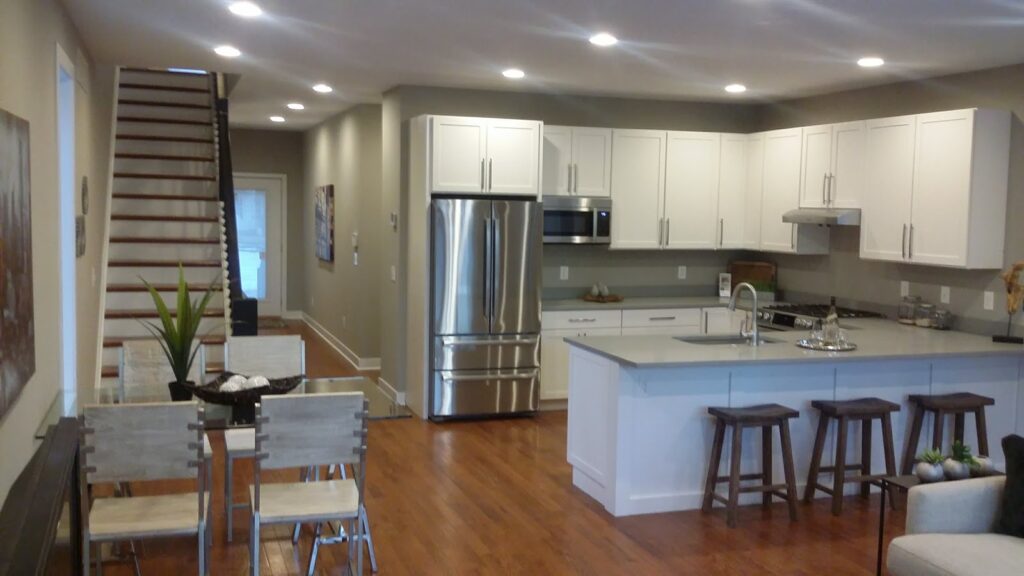Interview: Mike Benkert, AIA

In June 2017, I sat down with Architect & Developer Mike Benkert, AIA in Cincinnati, OH. See more information about Mike at mbenkert.com and follow along his Home 2.0 Blog {home2blog.com} for the latest updates. Also, check out his video series on YouTube {here} and see more articles about Mike {here}.
Mike Benkert: Learning by experience is by far the best education. Keep your day job and start small. Build your own house. That is what I did for the first one. It is definitely the best way to start I think. In Ohio, I can pay cash and buy a lot, and get a construction loan to build it. I got a great lot for less than $25,000. It is a nice urban, walkable neighborhood that is a really desirable place to be.
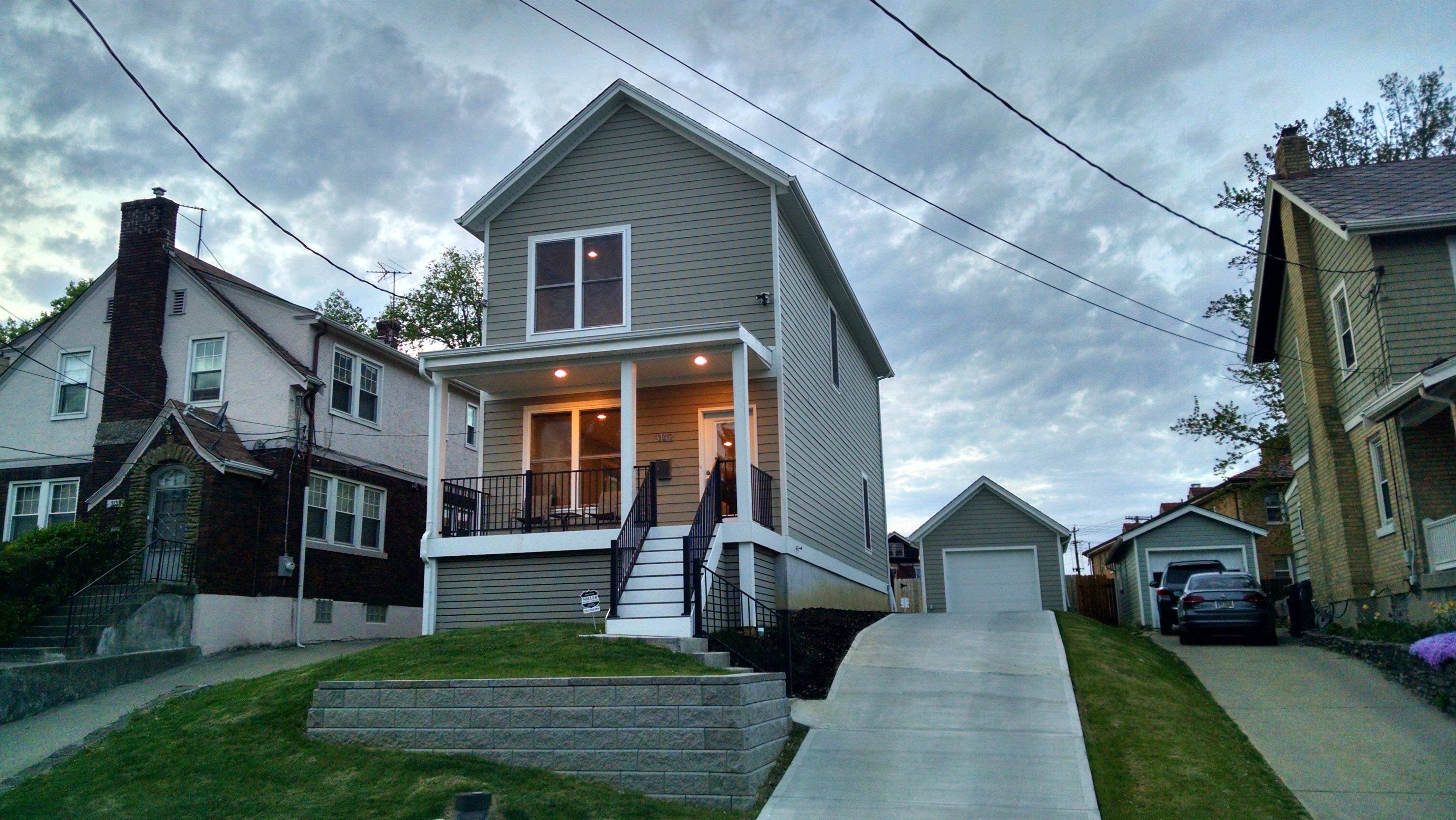
James Petty: Even though you are developing your own projects, you still have a day job at an architecture firm. Talk to me about your day job. What kind of projects do you do there and how has the Architect & Developer endeavor overlapped with the 9-5 job?
MB: I work for a commercial firm and do a lot of educational work. I like it there. It has benefits, and I live off of that. When I sell this second project, I will make significantly more money off of that than what I do working at a firm. But, there is still no reason to quit. The banks want to see that you have a steady job. If I get to the point where it doesn’t make sense for me to have a job working full-time as an architect somewhere else, then I will revisit my options.
JP: I seem to see a lot of that regarding keeping a full-time job for financing reasons. It seems one reason alone for keeping gainful employment. Banks want to see that security in their risk.
MB: I would say that is the biggest myth to being an entrepreneur; the myth that you have to go all in and risk everything and that you have to jump in with both feet. Most successful businesses do not start that way. I think it is better to air on the side of keeping your full-time job.
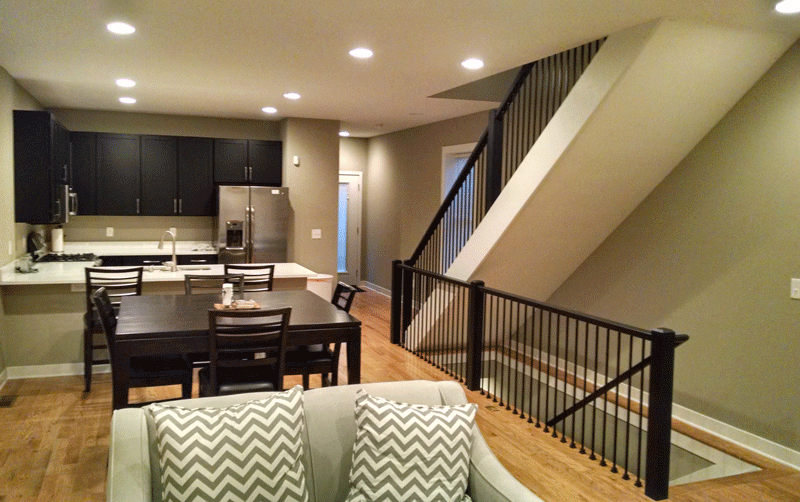
JP: How do you balance the time of working on your side hustle of developing homes and your day job at an architecture firm? Do you work reasonable hours?
MB: Yeah, aside from deadlines, my day job is about 40-hours per week. My office is pretty cool with it. Sometimes I have to cut out in the middle of the day to check on something or go to a meeting. It hasn’t really been an issue balancing the two. My work is 5-minutes down the road from where I live and 5-minutes from the Oakley Home. That really helps.
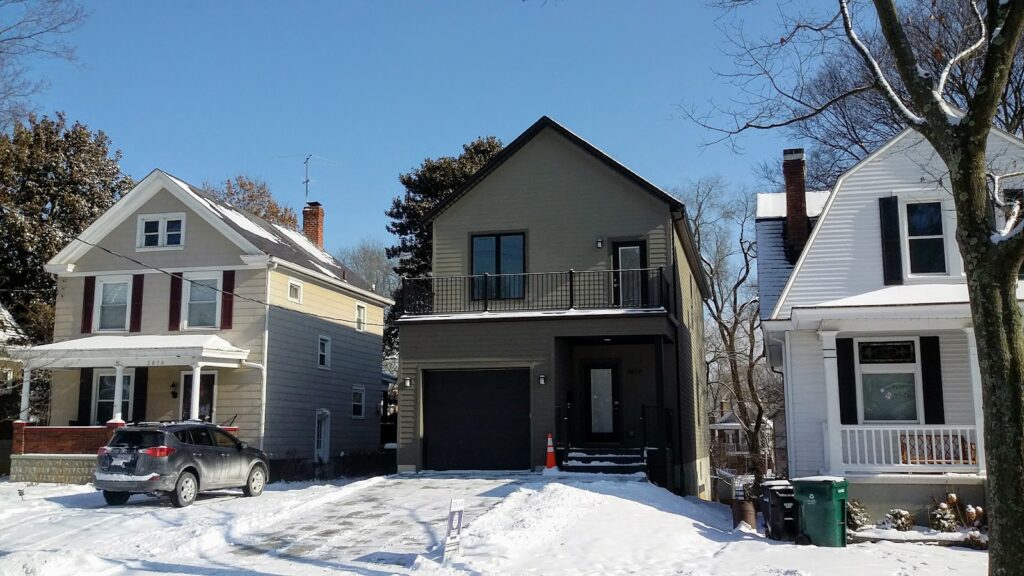
JP: You mentioned that you were working on schools and commercial projects with your day job. Did you have any previous experience in stick-built construction or single-family homes before developing
these houses? Single-family home construction can be very different that large commercial or institutional buildings.
MB: There is a lot more leeway in terms of codes for single-family residential. My only residential experience was in school. I worked for a non-profit homebuilder in construction. I got to work on some stick-built remodels and new construction. I would say that it is pretty basic to do this. If you can do commercial, you can definitely do residential. For example, I gave my builder the plans for Pleasant Ridge House, and he said, “This is the most detailed set of plans I have ever seen in my life.” Typically these guys are used to getting elevations, plans, and maybe one wall section, and they build off of that.
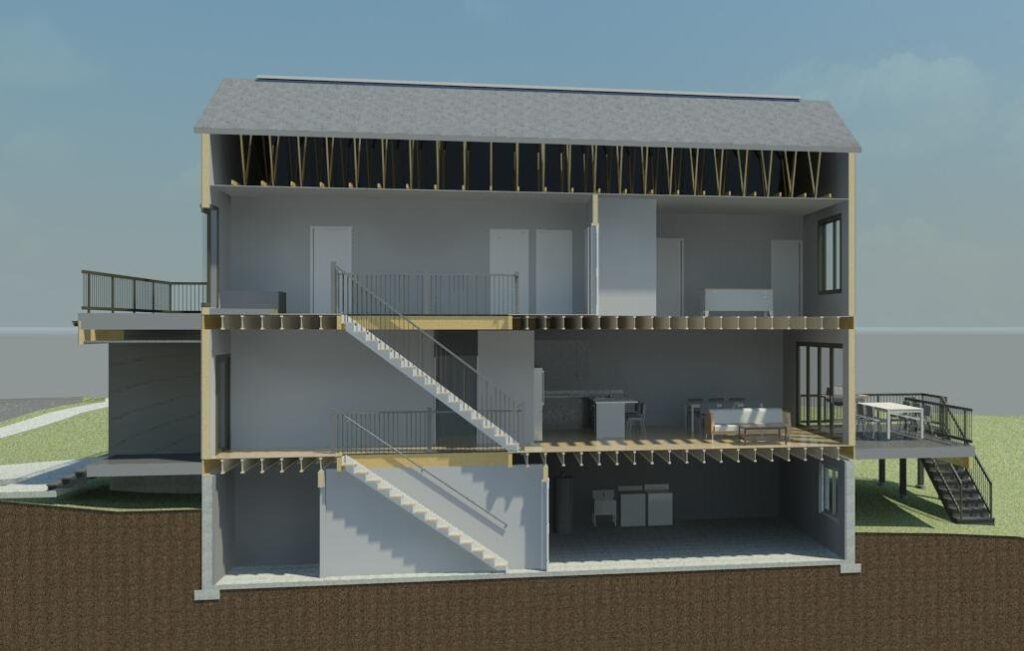
JP: Did he appreciate the extra detail or did he think you were crazy?
MB: He appreciated it. He was definitely leery of working for an architect and knowing it was an architect’s home. But I won him over, and I have been using the same builder. I have a good relationship with him. I made it clear that I am not one of those know-it-all architects that say that my way has to be the way. I let him know that I wanted to learn from him and use this as an educational experience.
For more on Mike Benkert, see the book Architect & Developer: A Guide to Self-Initiating Projects. Follow Mike’s latest progress at his Home 2.0 Blog {home2blog.com}. Also, check out his video series on YouTube {here} and see more articles about Mike {here}.
